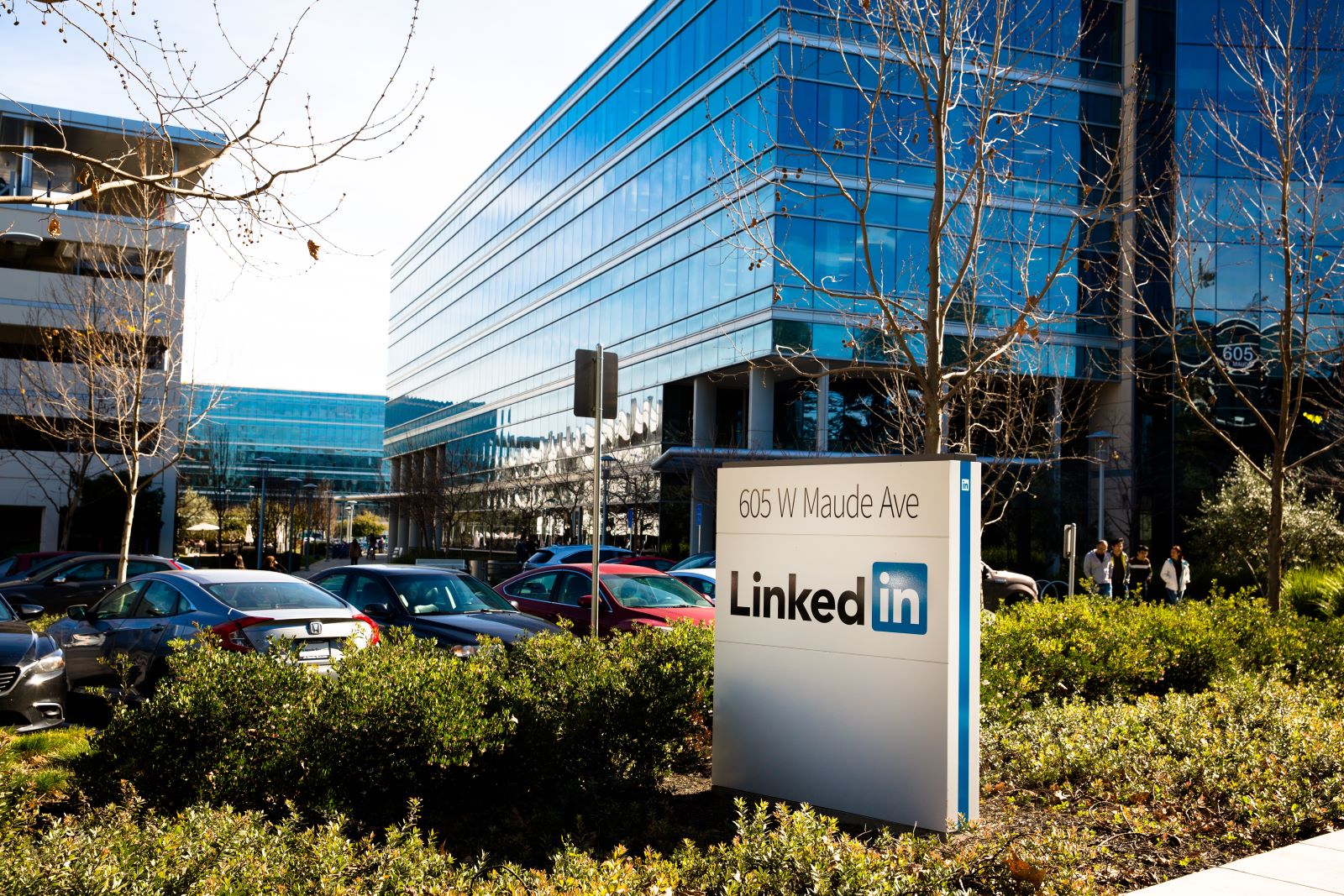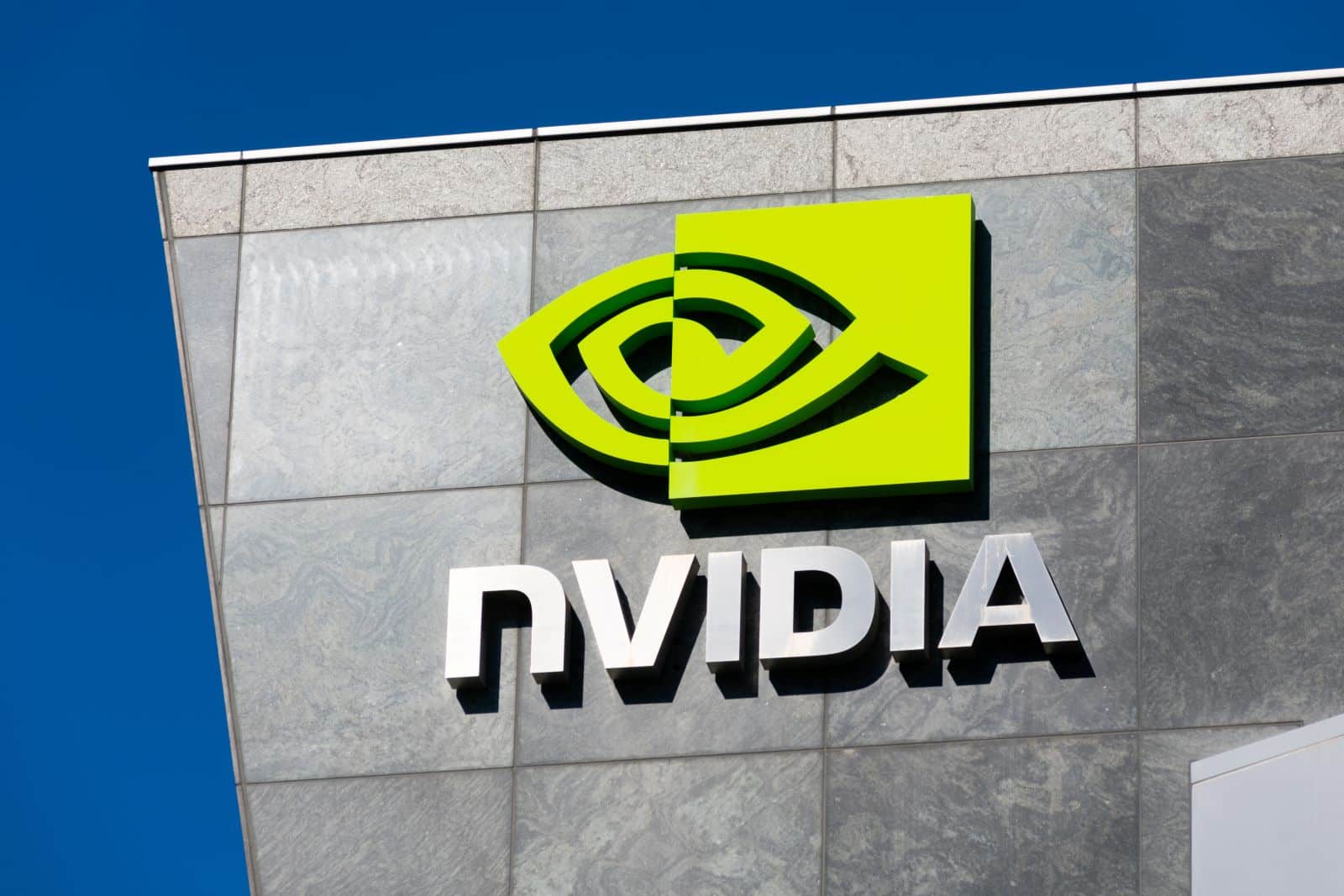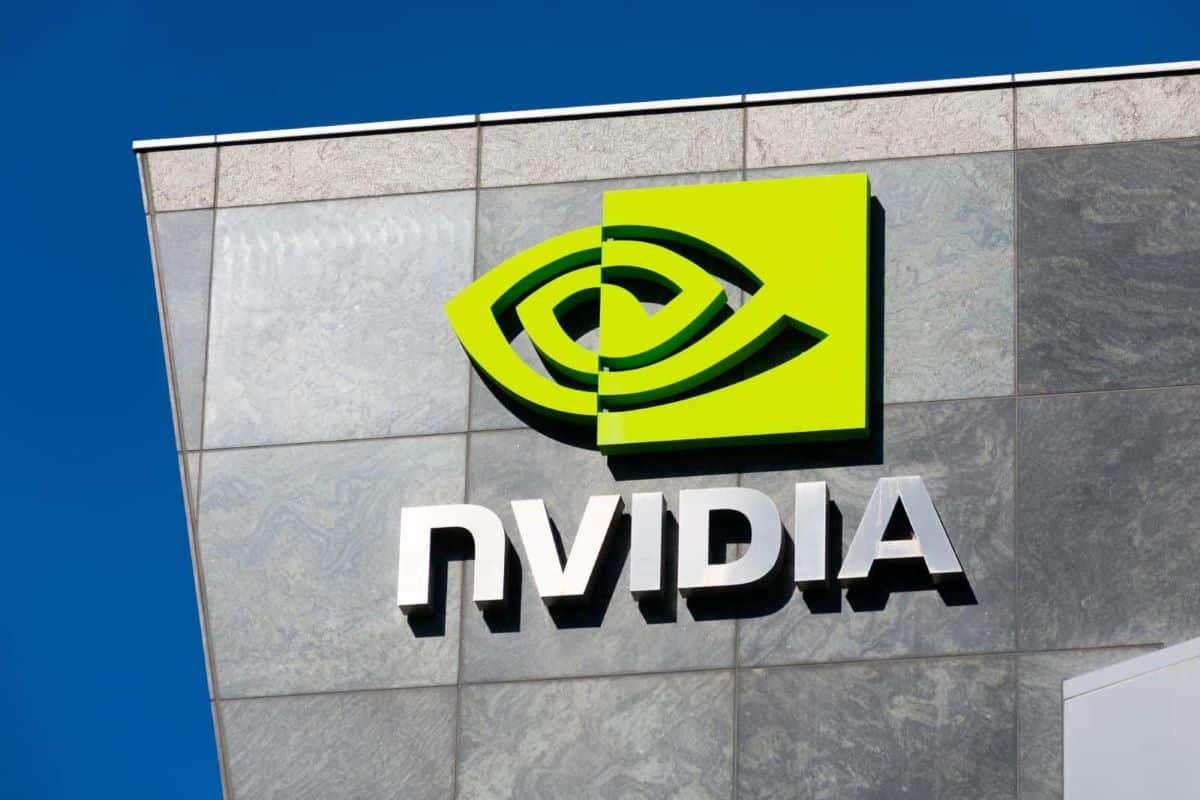The dominance of Silicon Valley’s tech giants has reshaped the global economy, raising concerns about monopolistic practices. How have these companies grown to hold such power, and what does this mean for competition and innovation?
1. Google’s Search Engine Supremacy

Google controls over 90% of the global search engine market, making it virtually impossible for competitors to gain significant traction. This dominance extends to digital advertising, where Google’s platforms capture a significant share of online ad spend.
2. Facebook’s Social Media Empire

Facebook, now Meta, owns the largest social networks, including Instagram and WhatsApp, reaching billions of users worldwide. This consolidation allows them to control vast amounts of user data and advertising, stifling competition from smaller social media platforms.
3. Amazon’s E-commerce and Cloud Dominance

Amazon not only dominates e-commerce, holding about 40% of the U.S. market but also leads in cloud computing with Amazon Web Services (AWS). This dual dominance affects both retail and tech sectors, challenging competitors and suppliers alike.
4. Apple’s Ecosystem Lock-In

Apple’s control over its hardware, software, and services ecosystem makes it difficult for consumers to switch to competitors. With its App Store, Apple also exerts significant control over mobile app distribution and revenue.
5. Microsoft’s Enterprise Software Hegemony

Microsoft remains the leader in enterprise software with products like Windows, Office, and its Azure cloud platform. Its position enables it to set standards and pricing within the software industry, often at the expense of smaller developers.
6. Tesla’s Electric Vehicle and Battery Market Control

Tesla has become synonymous with electric vehicles, holding a significant share of the market. Its control extends to battery technology and charging infrastructure, making it a formidable player against traditional and startup automakers.
7. Intel’s Microprocessor Monopoly

Intel’s dominance in the microprocessor market has been longstanding, with a significant share in both personal and server computing. This position has allowed Intel to dictate terms and innovations in the computing sector.
8. Netflix’s Streaming Service Leadership

Netflix pioneered and continues to dominate the streaming service industry, impacting traditional media and other streaming competitors. Its vast library and investment in original content make it a tough rival for newcomers.
9. Uber’s Ride-Sharing Market Grip

Uber transformed the ride-sharing industry and holds a dominant position in many markets worldwide. This dominance challenges traditional taxi services and limits the growth of other ride-sharing apps.
10. Airbnb’s Disruption of Hospitality

Airbnb’s platform revolutionized short-term rentals, creating a new market and challenging the traditional hotel industry. Its vast network and user base make it difficult for smaller competitors and new entrants to gain a foothold.
11. LinkedIn’s Professional Networking Monopoly

Owned by Microsoft, LinkedIn is the leading professional networking site, with no significant competitor in sight. This monopoly allows them to control job postings, professional connections, and career-related advertising.
12. PayPal’s Payment Processing Preeminence

PayPal has established itself as a leader in online payment processing, making it challenging for newer fintech companies to compete in this space. Its acquisition strategies also help maintain its market dominance.
13. Oracle’s Database Software Supremacy

Oracle’s control over enterprise database software is near-total, with a significant portion of large businesses relying on its products. This dominance limits the adoption of alternative database technologies.
14. X’s Microblogging Monopoly

Twitter/X has become the go-to platform for real-time news and public discourse, outpacing competitors in the microblogging space. Its user base and influence make it hard for other platforms to compete.
15. Nvidia’s Graphics Processing Unit (GPU) Dominance

Nvidia leads the GPU market, essential for gaming, data centers, and AI research. Their technology advancements and market control limit the growth of other semiconductor companies.
16. Zoom’s Video Conferencing Takeover

During the COVID-19 pandemic, Zoom became the standard for video conferencing, overshadowing older platforms like Skype and newer rivals. Its ease of use and scalability helped cement its personal and business communications position.
17. Spotify’s Music Streaming Leadership

Spotify dominates the music streaming industry, impacting how music is distributed and monetized. Its algorithms and playlists influence the entire music industry, affecting artists and competitors alike.
18. Adobe’s Creative Software Suite Monopoly

Adobe’s Creative Suite, including Photoshop and Illustrator, is essential for designers and creatives, making it difficult for any competitor to challenge its dominance in the creative software market.
19. Salesforce’s Customer Relationship Management (CRM) Dominance

Salesforce is the leader in CRM software, essential for businesses managing customer data and interactions. Its market position allows it to set trends and pricing in the CRM industry.
20. YouTube’s Online Video Platform Hegemony

Owned by Google, YouTube is the largest video platform globally, affecting how video content is created, shared, and monetized. Its dominance makes it challenging for other video platforms to compete effectively.
A Call for Reflection and Action

The power wielded by these tech titans raises significant concerns about market competition, consumer choice, and innovation. It’s time to consider whether regulatory measures or market corrections are necessary to ensure a more balanced and competitive economic landscape.
Featured Image Credit: Shutterstock / Michael Vi.
The content of this article is for informational purposes only and does not constitute or replace professional advice.
The images used are for illustrative purposes only and may not represent the actual people or places mentioned in the article.
For transparency, this content was partly developed with AI assistance and carefully curated by an experienced editor to be informative and ensure accuracy.





